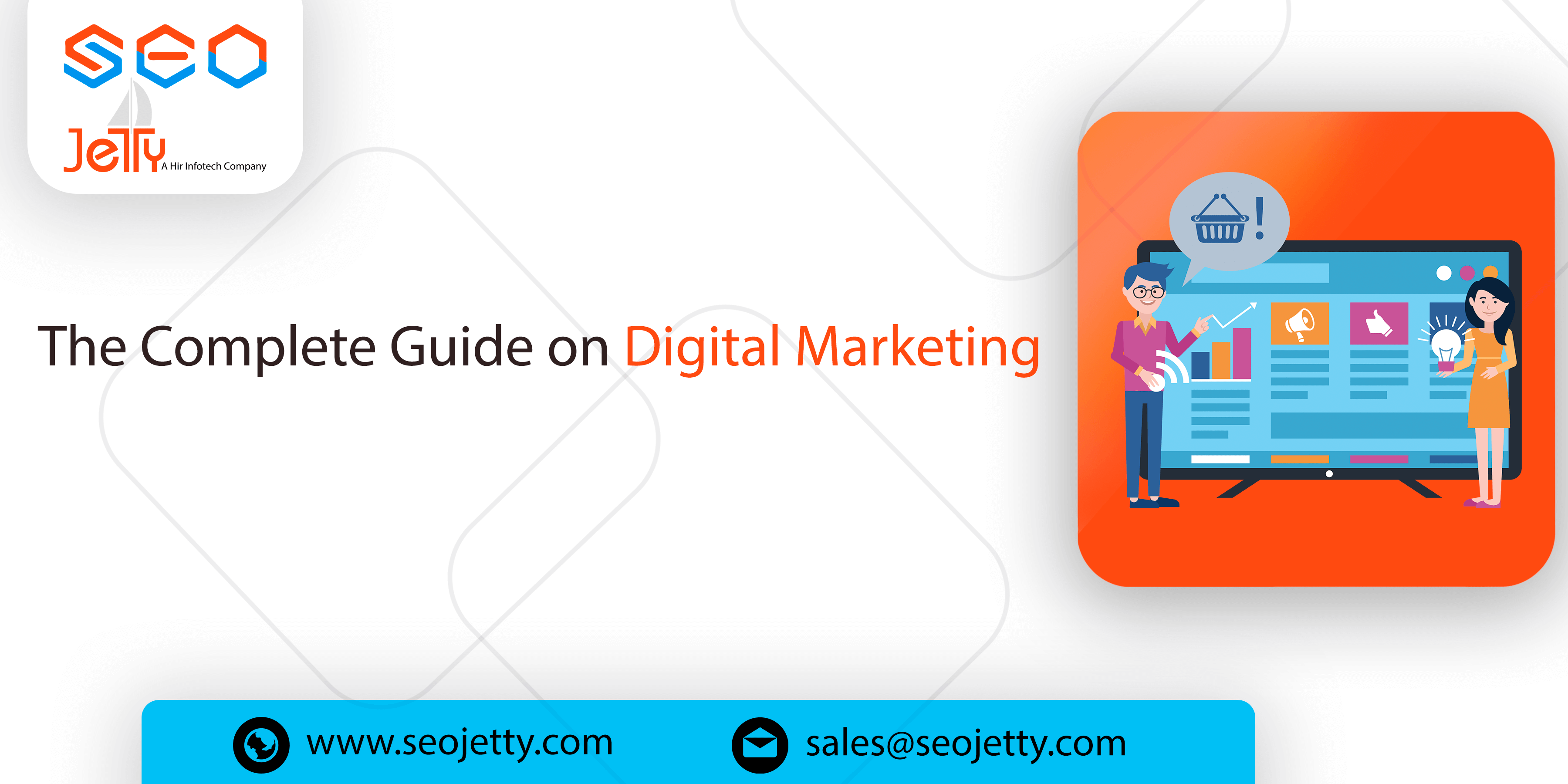
Although organizations frequently express admirable ideals about diversity and inclusion, they must move from words to action and investigate how to transform the story from a marketing exercise into a cultural one. This means incorporating diversity and inclusion ideas not only into their digital marketing content but also into their daily objectives and operations.
Some companies accomplish this by establishing task teams dedicated to promoting diversity and inclusion. Others include these concepts in their mission statements and organizational objectives. Others incorporate it into their business processes, such as refusing to do business with companies that do not adhere to these ideals.
How can your company promote diversity and inclusion more effectively? Let’s examine five essential strategies to accomplish this.
Why inclusion and diversity are important (stats)
In 2018, experts researched how people and culture are depicted in images. They found that 90% of Millennials believe that a campaign for a particular firm can benefit from a varied representation. The survey concluded that there is still a lot of space for improvement regarding brands employing imagery in their advertising that reflects the diversity of individuals in society.
Not only do audiences enjoy seeing representations of themselves, but they also appreciate seeing various people in marketing materials. According to a 2019 study by Google, 69 percent of Black consumers were more likely to make a purchase from a brand whose advertising positively reflected their race or ethnicity, and 71 percent of LGBTQ consumers were more likely to interact with an ad that accurately represented their sexual orientation. Overall, 64 percent of respondents took action after viewing an advertisement considered diverse or inclusive.
Building a diverse and inclusive brand requires authenticity
How you portray varied groups, orientations, and opinions is more essential than representation itself.
Websites, advertising, and emails use cliched stock photos to show diversity. As long as it depicts a diversity of genders, colors, nationalities, and ages all neatly poised together with good smiles, it’s Wrong to go.
These produced photos don’t resonate with actual people, primarily digitally savvy consumers who can see through them. According to a study, 70% of individuals can distinguish between brand or stock images and customer-created ones. Another study indicated that 90% of consumers value authenticity when choosing brands.
Diversity isn’t enough. People desire and resonate with accurate portrayals of different ages, abilities, cultures, nationalities, and orientations.
Diversity and inclusion in digital marketing matter beyond making audiences feel heard. It portrays society more accurately and boosts enterprises that strive for better representation.
Diverse marketing campaigns have several benefits
You reach more
Diversity and demographics in marketing efforts help your company reach more individuals. This expands your clientele.
You connect with viewers
Engagement and brand community are key today. Market research and direct customer contact can deepen customer relationships and boost brand trust and loyalty.
Raises brand awareness
Diverse and inclusive marketing that truly portrays the audience will earn respect. Customers trust and respect marketers that speak their language.
Profits
A larger audience, brand esteem, and consumer knowledge boost profits. Diverse marketing increase brand loyalty.
Diverse and inclusive content marketing strategy
After discussing what a varied and inclusive marketing plan is, let’s discuss how to diversify your digital marketing:
Understand your audience
Digital material is pointless unless it accurately represents your customers and brand enthusiasts. Connecting with your audience is facilitated by understanding them.
Investigate demographics like age, gender, income, geography, and more. Attend events, call customers, and do focus groups.
Focus on data
Research and data collection can help you understand your target market. Use such data to learn about your customers and target markets.
Data-driven digital marketing strategies help you create inclusive campaigns.
Consider your own team
Does your staff reflect your audience? Consider your audience and what attributes they may lack in your team. Consider hiring a new marketer or content developer who will provide a fresh perspective to the brand’s marketing.
Use actual people’s content
Visual content is a great approach to diversifying your digital marketing strategy. Seeing others like them is more validating and relatable than studio-made or stock-image content.
User-generated content works well. UGC lets you incorporate photographs from genuine consumers and advocates in your content marketing campaigns, making it easy to be more inclusive. It’s cheaper and faster to create new brand material.
It is a continuous practice
Diversity and inclusivity evolve. Keeping content fresh and inclusive is a constant challenge. Your marketing team must improve it over time. Update data, track customer personalities and behavior, and explore diversity and inclusivity.
Frequently asked questions:
What is marketing diversity and inclusion?
Inclusive marketing embraces diversity. Age, appearance, race, and gender identity. Language, socioeconomic status, religion/spirituality, and physical/mental capacity. Recognizing your audience’s diversity.
How important are diversity, equity, and inclusion in digital social media?
It’s about inviting everyone. In marketing, it means that your content (pictures, website, messaging, etc.) reflects everyone and is delivered across various methods to ensure that everyone receives “the invite.”
Why marketing needs diversity and inclusion?
Diverse marketing provides financial benefits: 83% of Millennials buy from companies with similar values. 71% will pay more for a product that benefits charity. 61% of customers value marketing diversity.









